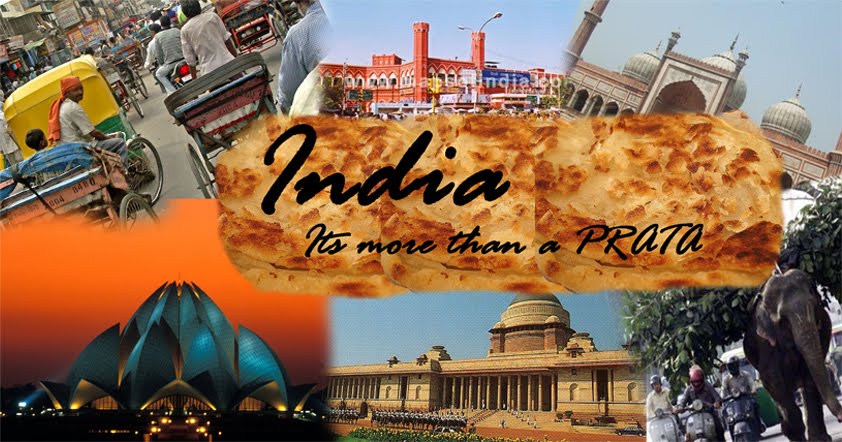Tourism is seen as a way to reduce poverty with the increased income and jobs available which promotes the local standard of living. 6.38% of the national GDP comes from tourists receipts that are considered as a significant contribution to the local economy. Besides that, locals are given more job opportunities to be employed in tourism-related industries which are very labor intensive. Statistics have shown that tourism have created 8.78% of the total employment in India. For example, Common Wealth Games 2010 in New Delhi is expected to bring in additional 5 million tourists in India. When tourists visit the country, it is only normal that they will spend extra money in terms of accommodation, transport, sightseeing etc. The additional tourists’ expenditure will boost the local economy to a greater height. According to research, it is forecasted that India will be receiving an estimate of 10 million international tourists in October when the Common Wealth Game commemorates. The Games have also expand the job division such as hotels, airlines, airports and tour operators will be employing more staff during the period of Common Wealth Games.
• Development of Infrastructure
To ensure that tourists are at ease during their stay, facilities and infrastructure is being improved and built. This includes transport system, healthcare facilities as well as hotels and restaurants. The development of the infrastructure will also benefit the locals as they can also make use of the facilities available. For example, the improvement of covered bridges and road joints from city to the neighboring region and main tourists attractions.
• Preservation of Cultural & Heritage Sites
Because of tourists’ interest in the cultural heritage sites, it helps in conservation effort as the government and the locals now recognize the benefits in protecting it. An example, the government is going all out to preserve the original facets of Taj Mahal such as the shutting down of factories, banning the use of cars and buses near Taj Mahal. This is because Taj Mahal has become slightly yellow due to air pollution. In order to keep Taj Mahal in a good condition, the Indian parliament has passed an order to give the Taj Mahal a therapeutic mudpack worth $23,000 every 2 – 3 years to keep the its surface in its milky-white state.
• Protection of Environment
Similar to the preservation of cultural heritage sites, the environment is protected through conservation efforts, recovery work of biological diversity and sustainable use of the resources. The recognition of the environment importance as tourists’ attraction has lead to the establishment of wildlife parks and national park. In India, laws and regulations is passed to preserve the forest as well as native species in order to keep with the growing trend of eco-tourism.
Wildlife Parks in India (Just to name a few)
- Bandipur National Park
- Corbett National Park
- Gir National park
-Kanha National Park
Negatives (-)
• Increase Tension and Hostility
Tourism can results in social tension, hostility and misunderstand that arise between the host community and the tourists. This may be due to clashes in opinion and lack of mutual understanding and respect for each other’s lifestyle and culture. An Australian traveler died after suffering blows from the waiter and security guard in Goa, the south-west of India. The conflict between the waiter and tourist is because of the way the waiter serves the beer which suggests the difference in perception and cultures the root of this tragedy.
• Undesirable Social and Cultural Change
Tourism can erode away the local culture and identity gradually. When there are more tourists coming to the country, the more likely they will face the threat of losing their authenticity. The locals may adopt the tourists’ values such as the way they dress and behave and abandon their traditional lifestyle.
• Destruction & Change of Ecosystem
Beautiful natural landscapes such as rivers, beach and forest are known for their rich ecosystem. The ecosystem is very vulnerable to the risks and pressures as they are often exposed to tourism. An example will be the Krushedei Island situated near Rameswaram. It used to be the marine paradise but now abandoned by the tourists as they longer can admire the attractive coral and marine life. Natural habitats also face the threats of deterioration due to tourists’ activities. For example, when tourists visit the wildlife park, they tend to be loud and this may result in stress of the animals and affect their nature cycle and behavior indirectly.

No comments:
Post a Comment